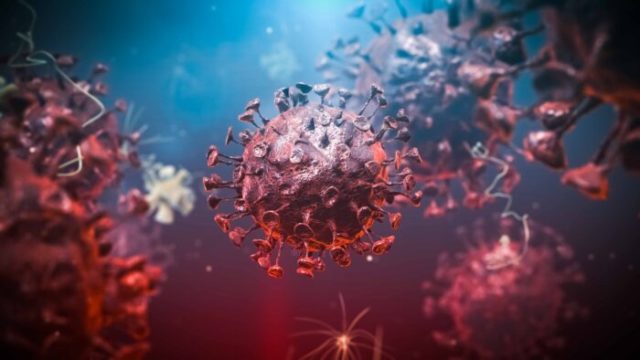
Hopes that CureVac’s Covid-19 vaccine can provide a third messenger RNA option are fading fast. The German company has reported preliminary data showing just 47% efficacy in a pivotal study, disappointing results that it attributes to a rapidly changing environment now dominated by multiple variants of the novel coronavirus.
“The Covid 19 environment has changed dramatically,” CureVac CEO Franz-Werner Haas said, speaking on a conference call Thursday. “Since the beginning of the pandemic, it is now dominated by evolution of the virus, and variants, and the rapid spread of new emerging virus variants.”
Like the other mRNA vaccine developers, CureVac designed its vaccine, called CVnCoV, based on the sequence of SARS-CoV-2, the original virus that began the pandemic. Moderna and partners Pfizer and BioNTech advanced their vaccines to late-stage testing earlier in the pandemic, achieving efficacy results greater than 90%. Those studies took place before variants had become widespread. By the time CureVac had begun its Phase 2/3 study in December, new viral variants had emerged.
In partnership with Bayer, CureVac conducted its placebo-controlled pivotal study in 10 countries in Latin America and Europe. The clinical trial enrolled about 40,000 adults: 35,000 ages 18 to 60 and 5,000 age 60 and older. The majority of the participants, about 75%, are in Latin America, which last month was considered an epicenter of the pandemic, Haas said.
The results released late Wednesday were the second interim analysis for the study, which reported 134 cases of infection two weeks after second shot. Based on analysis of those cases, CureVac reported that its vaccine’s efficacy is 47%.
Of those 134 cases, 124 were sequenced to identify the variant causing the infection. Sequencing showed that only one of the cases was attributed to the original SARS-CoV-2 virus. According to CureVac, at least 13 variants were circulating in the population of patients assessed at this second analysis. Variants of concern—alpha, beta, gamma, and delta—accounted for 57% of cases, the company said. The remainder were caused by other variants, such as lambda; C.37, which was first identified in Peru; and B.1.621, which was first identified in Colombia.
Circulating variants did not dim the data of Novavax, which earlier this week reported pivotal clinical trial data for its protein-based vaccine. Overall, the Maryland-based company’s vaccine was 90.4% effective at preventing infection; efficacy against variants of interest and variants of concern was 93.2%. Novavax conducted its Phase 3 study in the U.S. and Mexico.
Besides the variants, another factor that might have affected the results for CureVac’s vaccine was the dose. Of the three messenger RNA vaccines, CureVac’s 12 microgram dose is the lowest. Moderna’s shot is highest at 100 micrograms; the BioNTech and Pfizer vaccine is 30 micrograms. CureVac executives have said that by making a lower dose, each dose can be produced using less material, which in turn reduces costs. But Peter Kremsner, a physician at University Hospital in Tübingen, Germany, and the lead investigator in the CureVac clinical trial, told Reuters that the low dose might have also led to low efficacy. Pfizer and BioNTech, and Moderna, modified the RNA in their vaccines. CureVac did not, and therefore could not use a higher dose because of the expected side effects, Kremsner said.
Haas said that CureVac is proceeding to final analysis of the study, which is expected in two to three weeks. That threshold will be reached after reaching a minimum of 80 additional cases, according to the company. CureVac may already have those cases. According to an investor presentation, the study has additional cases that have been reported but not yet confirmed; 104 in Europe and 370 in Latin America.
CureVac is also proceeding, in partnership with GlaxoSmithKline, on the development of another Covid vaccine candidate that is intended to start working more quickly than its first one. Called CV2CoV, this second vaccine candidate is also comprised of a 12 microgram dose given as two shots, 28 days apart. In monkey studies, this second vaccine candidate brought a faster onset of neutralizing antibody production within two weeks of the first dose. This second vaccine candidate also induced levels of neutralizing antibodies that are 10 times higher compared to its predecessor after six weeks, according to the company.
Image: appledesign, Getty Images








